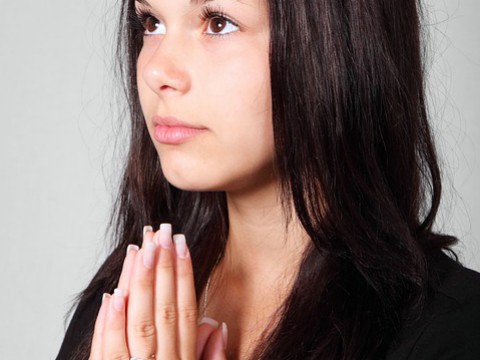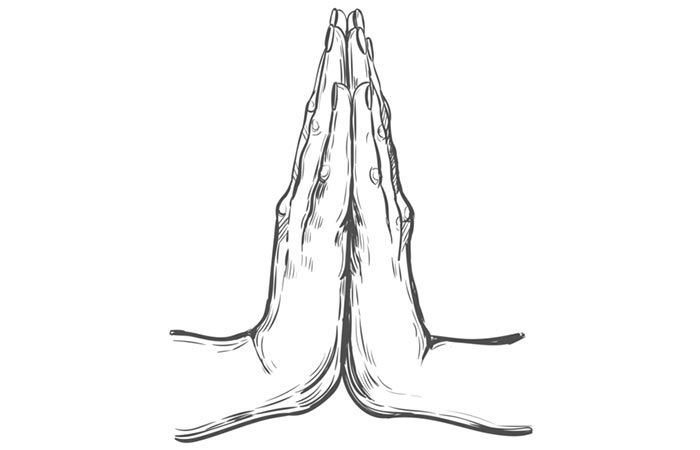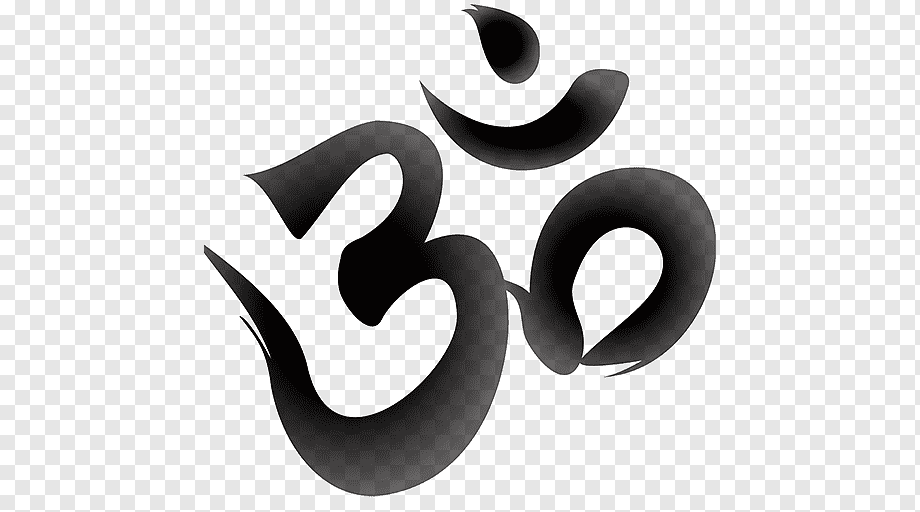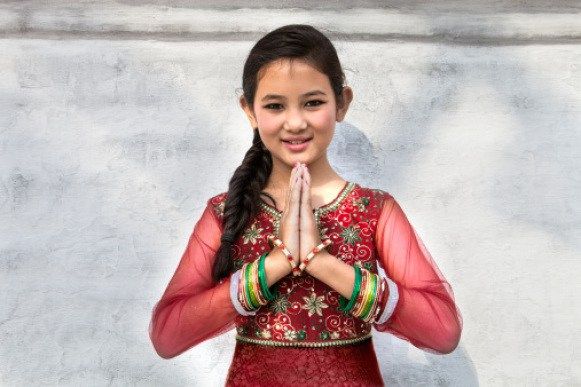The Right Way Of Doing Namaste And Its Significance
In India, people greet each other by making a hand gesture called ‘Namaste’. Also, they say ‘Namaste’ according to their languages. For example, people of the Hindi belt of north India and Nepal say Namaste or Namaskar. In Bengal, people greet each other by saying Nomoshkar. Odia people say Namaskar. In Karnataka, it is Namaskara. In Tamil, it is Venakkam and in Malayalam, it is Namaskaram.
What Is Namaste?
It is a Sanskrit word with varied meanings. Its origin can be traced back to ancient times. Yoga also mentions Namaste and highlights its importance in greeting others. Namaste is simply more than saying hello to others. It has deep-rooted spiritual meaning. Here in this blog, we will discuss the true meaning of Namaste and its implications.
What Happens When You Do Namaste?
You join your palms before your chest and bow your head before the person who wants to say Namaste. In Hinduism, people say Namaste to God. They see the divine presence in everyone and bow their heads in salutation to the divine power.
If you spell Namaste, you will find that it means saluting the divine power. Nama means bowing and stay means to you. Together Namaste means recognizing the divine presence in the person before you and bowing your head to salute the divine power.
What Is the History Of Namaste?
Namaste has roots in Indian culture and it is evident from terracotta figurines excavated from the Indus Valley Civilization site which dates back from 3000 B.C. to 2000 B.C. Many of those figurines were standing with their hands folded in the pose of Namaste. It shows that the tradition of saluting each other with Namaste was known to the people of Indus Valley.
Also, the act of Namaste can be related to the Vedic custom as an expression of honor, courtesy, politeness, and hospitality to others. It is a way to convey your feelings and emotions to the person who you want to greet. When you meet someone, your hands automatically move in the form of Namaste to greet that person. It is how you give honor to others and show your feelings.
What Is The Spiritual Meaning Of Namaste?


Try once to do Namaste before a mirror to feel what it stands for. While doing Namaste, your muscles will be relaxed and you will feel lighter and happier. When you do Namaste to God or seniors, you feel blessed.
When you do Namaste, you recognize the divine presence in living things including humans, animals, and even plants and water. In Hinduism, people stand before Ganga in do Namaste to seek the blessings of Mother Ganga. Doing Namaste is accepting the presence of divine power and respecting every soul that emerges from that power.
In Vedic philosophy, the divine and self are the same. All things living are born from the divine and doing Namaste to others is recognizing the presence of the divine in souls and saluting the divine. It is the most polite form of saying hello.
Significance Of Namaste In Yoga


In yoga classes, students do Namaste before starting the exercises. They do so to spread a sense of gratitude to the teacher and the art they are about to learn. Also, the teacher performs Namaste to respond to their students and to the master the teacher has learned Yoga from. With Namaste, both the teacher and students acknowledge the role of a master.
Also, Namaste evokes a sense of spirituality and sets the mood right for the exercises. You get positive energy by doing Namaste as you recognize the presence of the teacher and surrender before the teacher to learn the art of Yoga.
What Is The Difference Between Namaste And Namaskar?


It is difficult to differentiate between Namaste and Namaskar as the meaning of both is similar. Also, the act of doing Namaste and Namaskar is similar. You bring both your hands before your chest, join your palms, close your eyes, and bow your head.
According to some people, Namaste is said for a single person and Namaskar is for a group of people. Another group translates Namaste as ‘salutation to you’ and Namaskar as ‘I pay my salutation’. Since the objective of doing Namaste and Namaskar is similar, you can take both as similar.
Making A Namaste Gesture


In Yoga, the Namaste gesture is also called Anjali mudra or Pranamasana.
How To:
• Bring your hands before your chest and join your palms closely so they look like one
• Close your eyes and bow your head by placing the mudra before your third eye
• Bring your head down to your heart chakra to do Namaste
Closing your hands together increases the flow of divinity to your heart and soul. And bowing your head with closed eyes is a way of surrendering to the divine power. You can even do Namaste to self, God, or any other person.
Is Namaste A Religious Symbol?


It won’t be right to call Namaste a religious symbol as it isn’t associated with any religion. But it is a spiritual symbol that evokes honor, respect, love, and positivity. It is a great way to acknowledge the presence of the divine in every living thing.
Could A Senior Person Greet A Junior With Namaste?


Yes, anyone can say Namaste to anyone and there is nothing like junior or senior in saluting the divine power. But the tradition is that juniors do Namaste to seniors to seek their blessings and seniors respond to their gestures with a similar gesture.
The meaning of Namaste is ‘’bowing to the spiritual power within you and it has a special place in Hinduism that follows the Vedic culture. In Yoga, everyone does Namaste at the beginning and end of class. And there is nothing to relate Namaste with religion while doing Yoga. You do Namaste to bow your head before the teacher you are learning Yoga from. Next time you greet someone with Namaste, you should keep the bigger spiritual meaning of the gesture in your mind.
For more information please visit our site at https://www.searchom.com/



